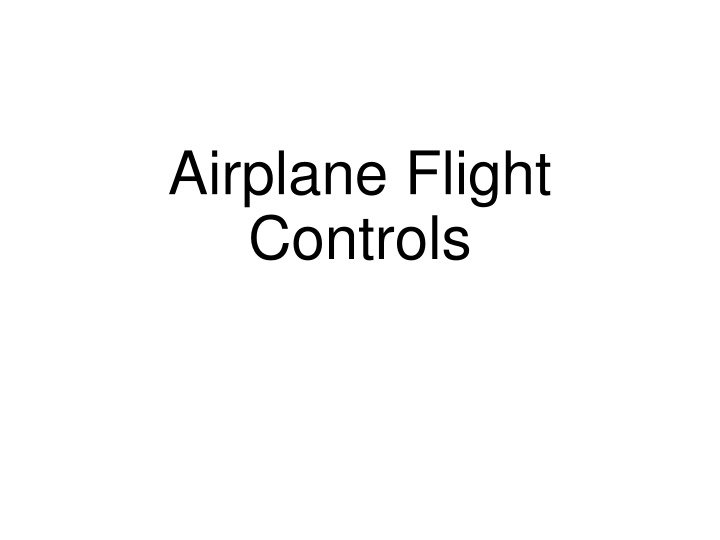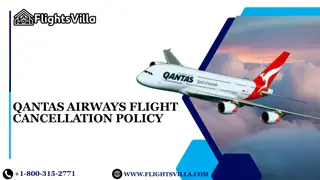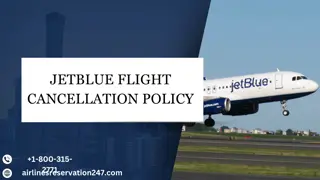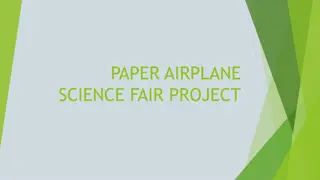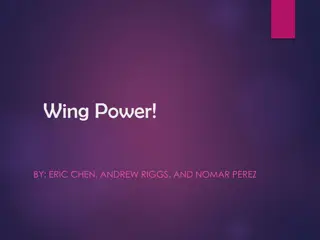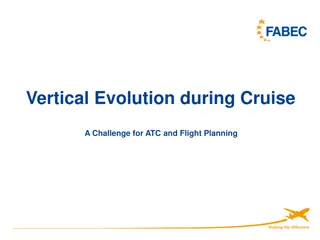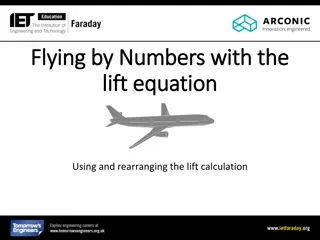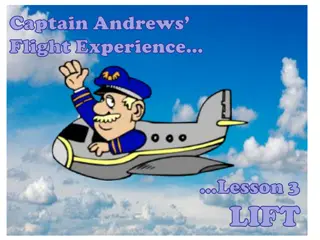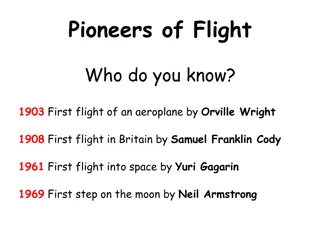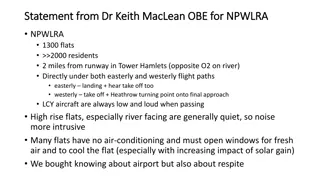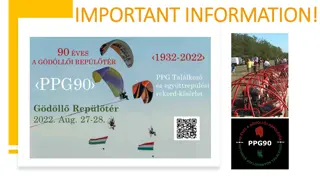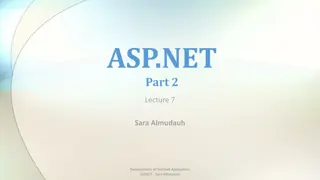Airplane Flight Controls
Explore the essential flight controls of an airplane, including ailerons, elevator, and rudder. Learn how these controls affect the aircraft's attitude, roll, turning, and lift distribution. Discover the significance of differential ailerons, adverse yaw, and the interconnected operation of primary flight controls.
Download Presentation

Please find below an Image/Link to download the presentation.
The content on the website is provided AS IS for your information and personal use only. It may not be sold, licensed, or shared on other websites without obtaining consent from the author.If you encounter any issues during the download, it is possible that the publisher has removed the file from their server.
You are allowed to download the files provided on this website for personal or commercial use, subject to the condition that they are used lawfully. All files are the property of their respective owners.
The content on the website is provided AS IS for your information and personal use only. It may not be sold, licensed, or shared on other websites without obtaining consent from the author.
E N D
Presentation Transcript
Airplane Flight Controls
The three primary flight controls control the airplane s attitude Ailerons Elevator Rudder
Control roll about longitudinal axis Ailerons Ailerons Movement Movement Turning Turning Interconnected operate simultaneously in opposite directions Adverse yaw Adverse yaw Types Types Elevator Elevator Rudder Rudder
Yoke to the right Ailerons Ailerons Movement Movement Turning Turning Right aileron deflects upward (left downward) Adverse yaw Adverse yaw Types Types Elevator Elevator Downward deflection increases camber and lift (upward deflection decreases lift) Rudder Rudder Increased lift on left wing, decreased on right turn to the right
Horizontal component of lift Counteracts centrifugal force Ailerons Ailerons Movement Movement Turning Turning Adverse yaw Adverse yaw Types Types Elevator Elevator Rudder Rudder
More lift = more drag Ailerons Ailerons Movement Movement Turning Turning Added drag yaws nose to the direction of the raised wing Adverse yaw Adverse yaw Types Types Elevator Elevator Use rudder to counteract More needed at low airspeed/high angle of attack and with large aileron deflections Rudder Rudder
Differential ailerons One aileron raise more than other lowered Increased drag on descending wing Ailerons Ailerons Movement Movement Turning Turning Adverse yaw Adverse yaw Types Types Frise-type ailerons Raised aileron pivots on offset hinge Leading edge of aileron into airflow creates drag to equalize lowered aileron drag More effective at high AOA Elevator Elevator Rudder Rudder
Controls pitch about lateral axis Ailerons Ailerons Elevator Elevator Movement Movement Types Types Rudder Rudder
Pull yoke Ailerons Ailerons Elevator Elevator Elevator (trailing edge) deflects upward Movement Movement Types Types Rudder Rudder Upward deflection decreases camber and lift downward aerodynamic force Tail moves down nose pitches up
T-tail Elevator above downwash effects Slow airspeed elevator less effective without downwash to assist in raising the nose Ailerons Ailerons Elevator Elevator Movement Movement Types Types Rudder Rudder Stabilator Combines horizontal stabilizer and elevator Anti-servo tabs On trailing edge Decrease sensitivity Move the same direction as the trailing edge Provide resistance so that pilot does not overcontrol the airplane
Controls yaw around vertical axis Ailerons Ailerons Elevator Elevator Operated though cables Rudder Rudder Movement Movement
Push left pedal Ailerons Ailerons Elevator Elevator Rudder moves to the left, altering airflow around vertical stabilizer Rudder Rudder Movement Movement Creates sideward force moves the tail to the right, yaws the nose to the left Effectiveness increases with speed and slipstream Purpose Counteract adverse yaw Provide directional control and coordination
